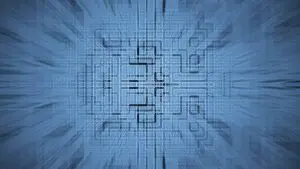Introduction By 2008 the electronics content of a typical consumer vehicle had grown to 20-25% of the total vehicle cost [1]. This content provides a wide range of functions and features for today’s driver. Some features such as the radio/audio system and instrument cluster are quite familiar and visible to the driver and have been mainstays in the automobile for many years. … [Read more...]
Back to the Future with a Liquid Cooled Supercomputer
Introduction: Evolution of Air and Water Cooling for Electronic Systems Since the development of the first electronic digital computers in the 1940s, efficient removal of heat has played a key role in insuring the reliable operation of successive generations of computers. In many instances the trend toward higher circuit packaging density to provide reductions in circuit delay … [Read more...]
Managing power requirements in the electronics industry
Rapid growth in the use of Internet and telecommunication services has created unique yet critical demands on the power required to energize this network. Continuing market requirements for higher-speed access - coupled with expanding needs for all modes of electronic communications - have resulted in telecommunications systems that exhibit dramatic increases in power … [Read more...]
The history of power dissipation
Figure 1. Transistor counts on Intel processors from inception to present superimposed on Moore's prediction. In his fascinating book, "Visions," Michio Kaku [1] predicts a future driven by silicon and quantum computers. Based on the information we have today, it is intriguing to speculate how such a highly silicon-based society might function and evolve. Being a thermal … [Read more...]









